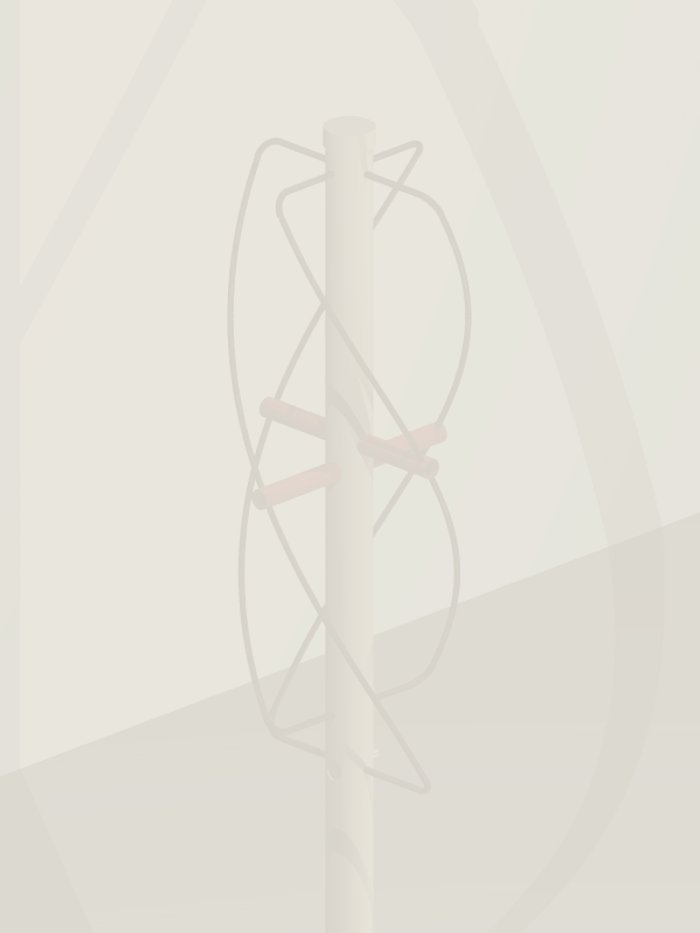
Design and simulation

The construction activities

Test assembly of the parts

PC boards and preparing the wiring
|
After reading a good many sites on the subject, my interest in low frequencies
was sufficiently peaked to decide and build a receiving system. An exciting possibility
arose in starting a collaboration between the University where I teach, with the
University of Stanford's AWESOME project, and so the antenna became first priority.
This would also permit collaboration of the students...
Two large categories of VLF/ELF receiving systems are in use. One category specializes
in receiving electrostatic energy ('voltage'); the other uses the electromagnetic
fields and produces mainly current into the receiver. Located in a relatively hot
country with a fair share of wind, I preferred the latter method, which is also the
one in use for the AWESOME project.
To select only electromagnetic waves, the receiving antenna is a 'loop', consisting
of a couple to many thousands of turns, according to the interest of the user, and
somewhat depends on the 'quietness' of the reception location. Only very quiet
locations can really take advantage of the large coils.
I decided to construct a loop (in fact, two loops), using standard water tubing
and accessories. First I did a mechanical design and 'optimization' to avoid
using excess materials. From a student's family, we received a donation for the
actual tubing. Then, Bill of Materials in hand, to a nearby market to buy the
rest of the plasticware.
A click on each of the images will lead to a dedicated gallery.
|



